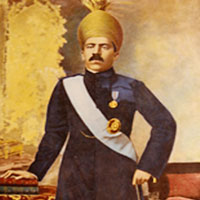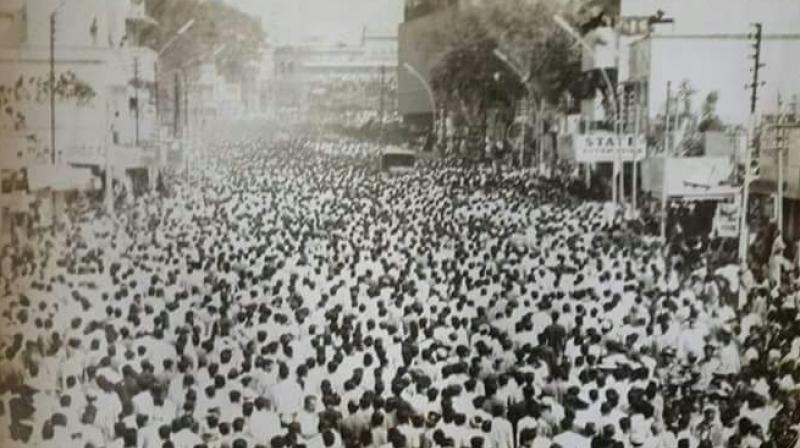
SEVENTH NIZAM
The seventh Nizam was H.E.H Nawab Mir Osman Ali Khan Bahadur (1911-1948-1967) His Exalted Highness, Nawab Mir Osman Ali Khan ascended the throne on 11th August, 1911, at the age of 25. His first Firman -Royal Decree stated: “In every way I will do my best to do good to my people and my State”. His first act as Sovereign was to abolish the death penalty which remained suspended from the penal code throughout his reign. The seventh and last Nizam ruled the State of Hyderabad and Berar from 1911 to 1948. He was a studious and serious young man who studied and understood all the State papers that his father sent to him.. He disliked frivolity and was disinclined to outdoor activities that passed for sport in his day. He was a reclusive man who became a poet of distinction. He revered his mother, visiting her every day of her life, and afterwards visiting her grave almost every day of his life. He was a man with a powerful sense of duty with a strong desire to serve his people to improve their lives as far as he could, and to create circumstances where each of them could be more in control of his own destiny.In this he always followed his guiding principles: those of being just and completely impartial. He did not deviate from these even for favoured friends or religious institutions. In well known cases he upheld official findings against mosques in land disputes brought out by a Hindu temple and another by a Christian church. His motto that “Hindus and Muslims are my two eyes” is remembered even today. Mir Osman Ali Khan had a natural flair for both administration and finance. He gained a reputation for being an immensely wealthy man by the skillful handling of income of his personal estates and the fixed privy purse. Otherwise State funds were kept separate and disbursed or invested wisely. By the time he retired from public life, he had virtually given away most of his personal estate lands to the agriculturists who cultivated them. The last fourteen thousand odd acres he donated to Vinobha Bhave’s Bhoodan Movement for re-distribution among the landless. He avoided luxury and ostentation and lived an austere life. But when it came to others he was very generous both in munificent donations to institutions and in countless smaller individual acts of kindness.
Mir Osman Ali Khan’s Last Journey
Eleven years after he had retired from public life and on the day the news of his death spread, the people spontaneously closed down the entire city of Hyderabad in honour of a ruler dearly loved by his people.
|


